Quick questions with Subani Moktan
Texting or talking?
Talking. There’s so much you can tell with the voice modulations.
What is one word with which you would describe your career?
Passion. My passion for music was so incredibly strong, I turned it into a career.
If you could change your name, what would it be?
It'd be something incredibly cool, like a spy name. I could tell you, but I’d have to kill you!
What is the meanest thing you’ve ever said to someone?
I’ve often been mean and stupid and hurtful. And I’d like to say sorry to those I hurt.
What compliment do people give you the most?
People tell me I have a lot of energy. I love it!
If you could go back in time to change one thing, what would it be?
Our choices make us who we are. You make a choice and stick by it.
If you could share a meal with any four individuals, living or dead, who would they be?
John Mayer, Albert Einstein, Michelle Obama, and my mom.
Knowing what you do now, what advice would you give your 18-year-old self?
You're going to make mistakes and you’re going to come out of it stronger.
What is better: being organized or attention to details?
Attention to details is better as it shows conviction.
If you didn’t have to sleep, what would you do with the extra time?
I would just keep making music and read a thousand books!
Photo feature: London Pub and Matsuri Tokyo
The history of pubs can be traced back to first-century Roman taverns in Britain. The modern pub concept, meanwhile, took off in early 19th century among the countries and regions under the British influence—even as London became the global pub center. So perhaps it’s fitting that Kathmandu too should have a pub dedicated to the famous city in the form of London Pub at Durbarmarg. “We wanted to establish a proper pub culture in Nepal,” says Bhuwan Shrestha, the pub’s operation manager, when asked of the rationale behind opening London Pub back in November 2019.
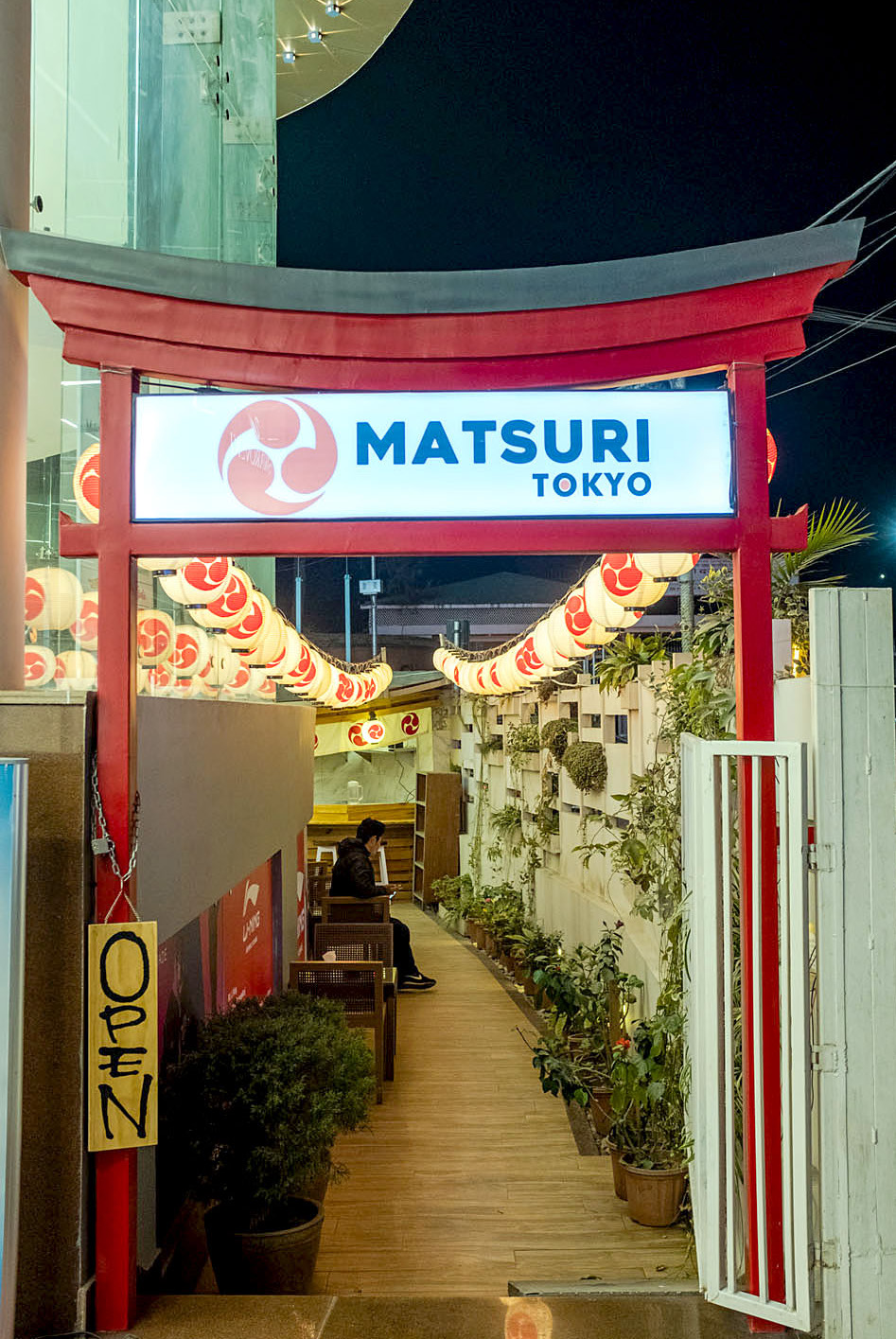
When you visit the pub, you are at once struck by the influence of British pop culture on it: Walls filled with jerseys of English football clubs; a screen running videos featuring different parts of London; British rock music. (The pub has daily live music after 2 pm.)

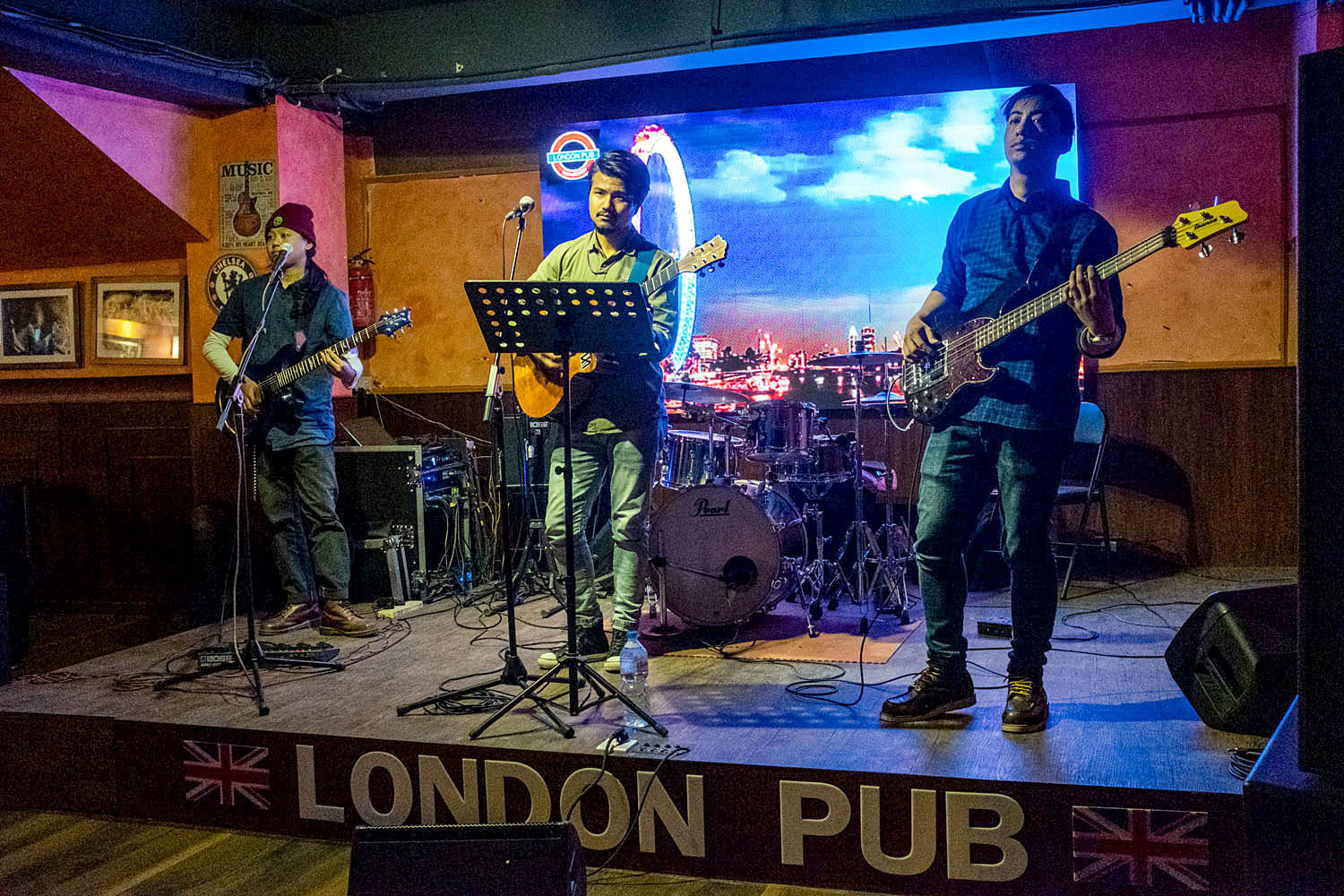
The pub is not the only thing that catches your eye when you’re inside the 1D Durbarmarg premises. London Pub owners have also opened the Japanese-themed Matsuri Tokyo next door. “This is a specialty Japanese restaurant where the food is categorized based on different Japanese festivals,” adds Shrestha. There is also a stall dedicated exclusively to ramen noodles. You get authentic Japanese food at Matsuri Tokyo, with all ingredients brought from Japan, Shrestha informs. Even the guests are welcomed in Japanese.
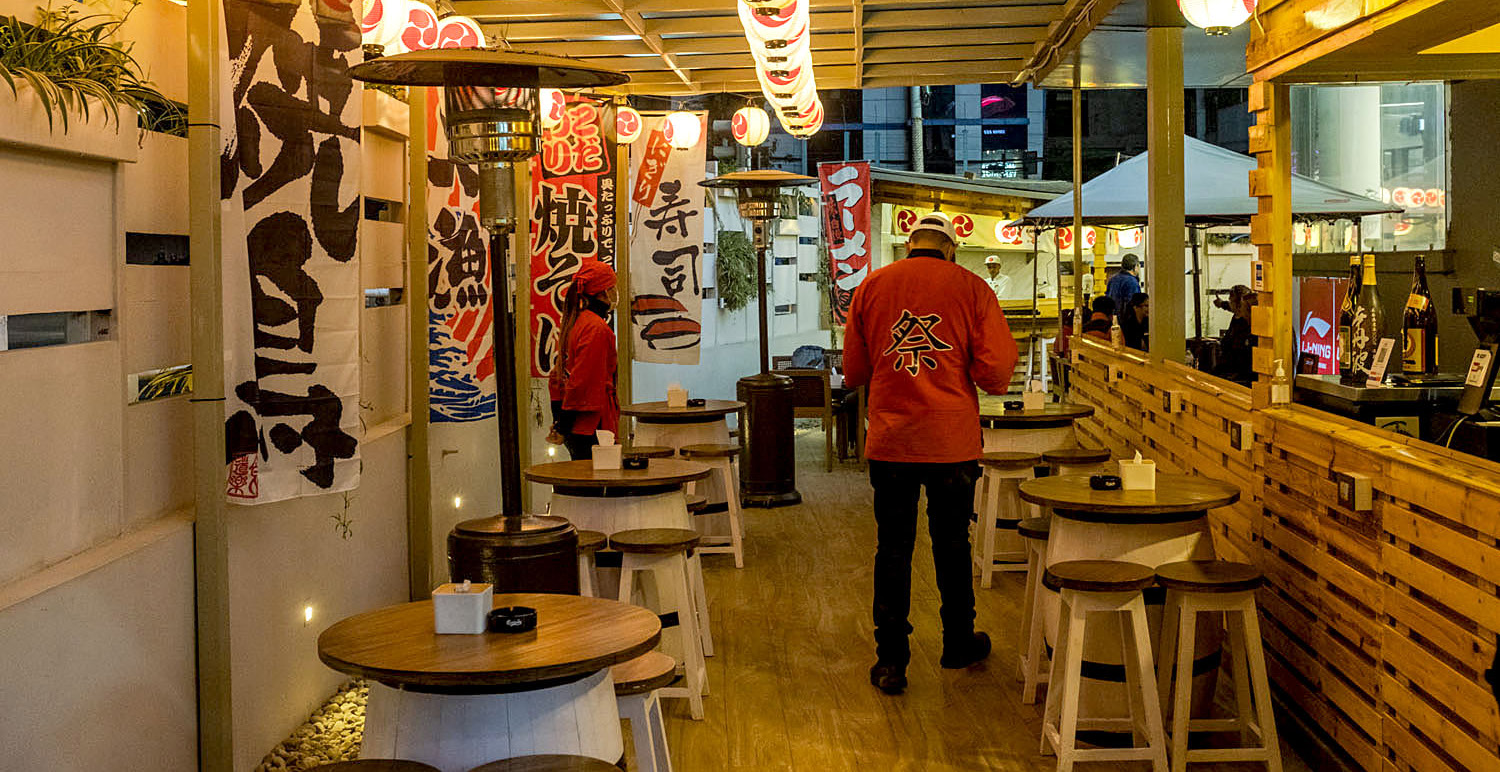
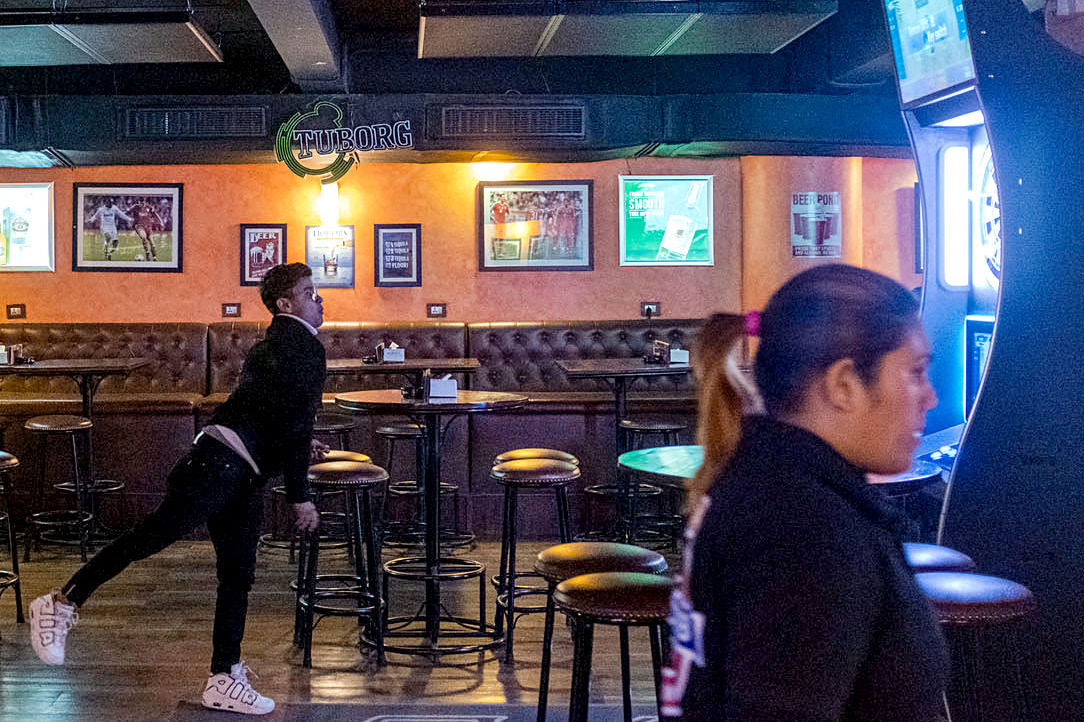
The combined establishment was closed during the seven months of the lockdown and even now, not all its clientele is back. Around 120 visitors used to come every day before the lockdown. Now, it has around 70 visitors a day, with the number climbing to 200+ during weekends.
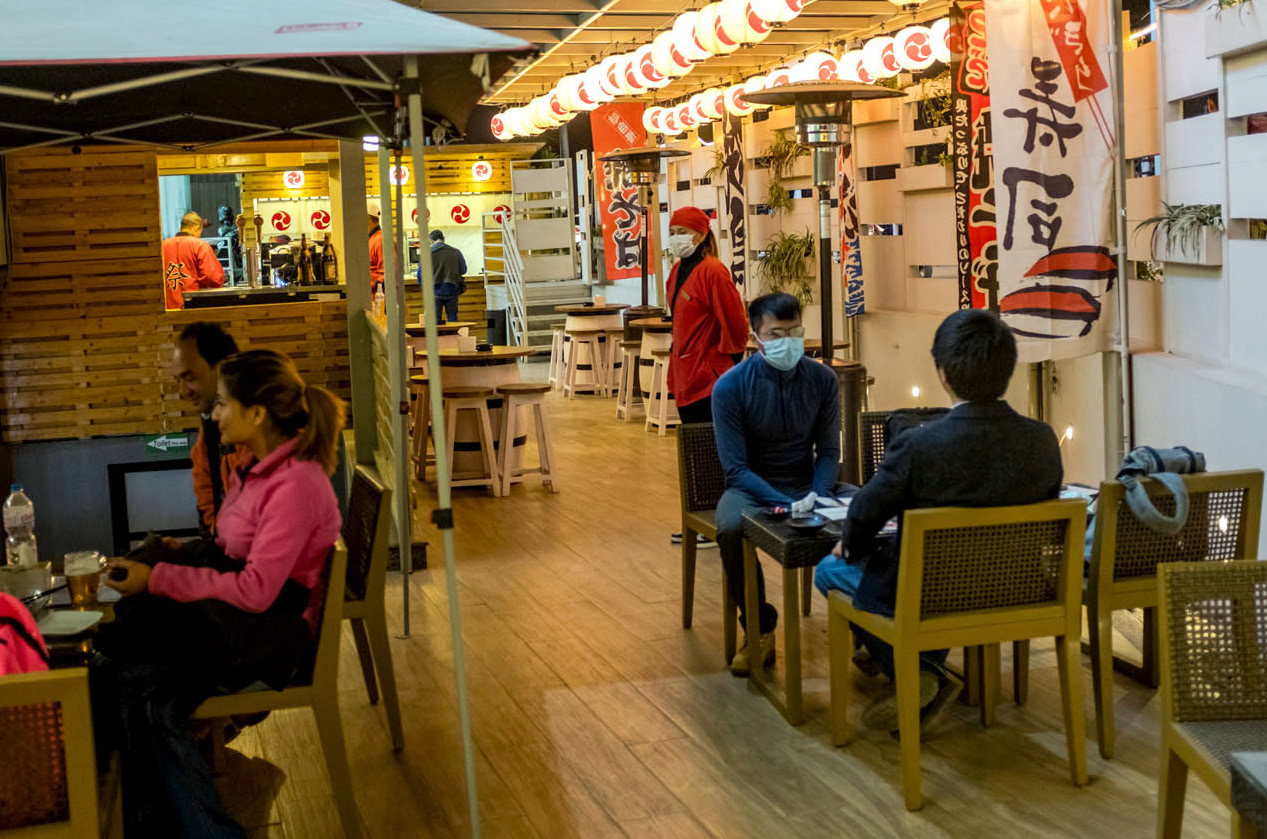
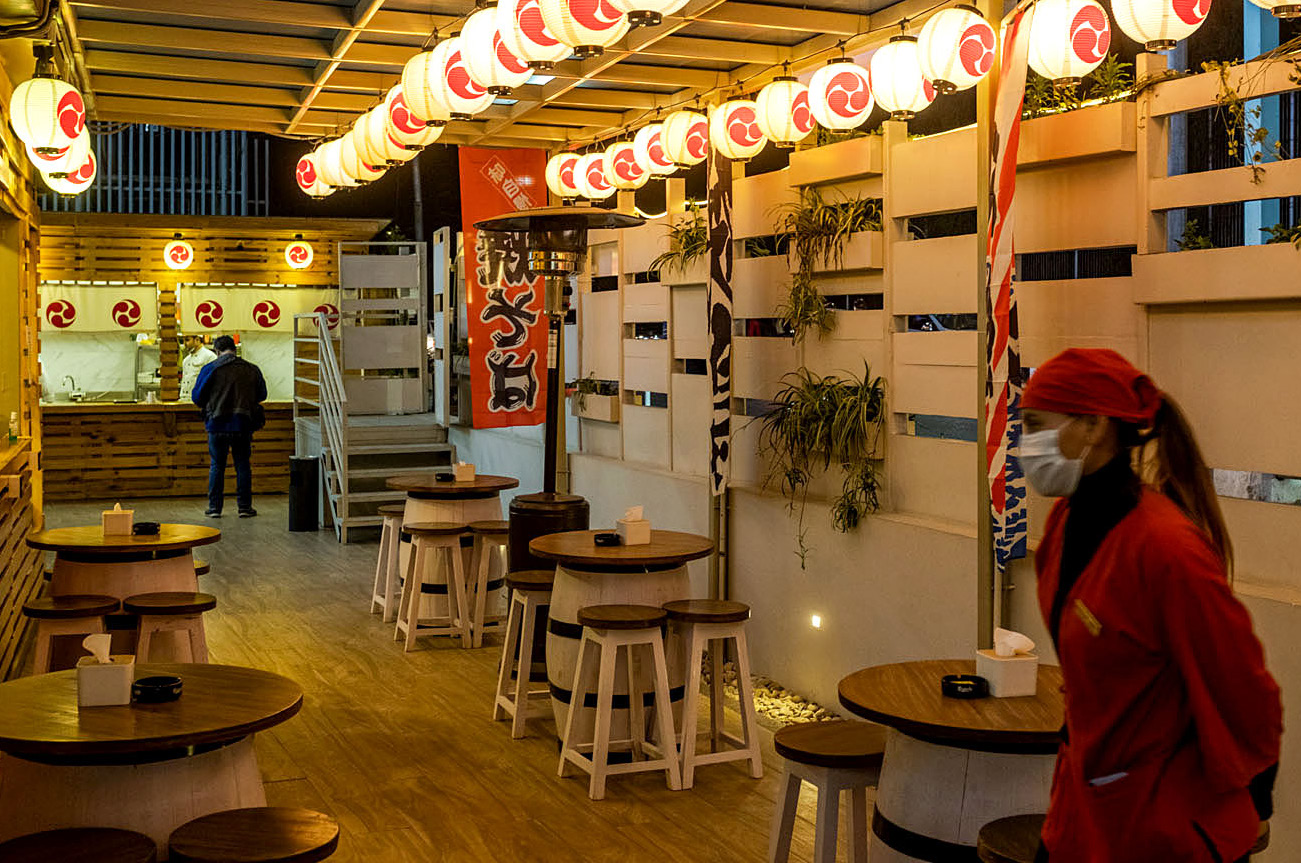
Shrestha informs of another themed outlet that is being planned but the details of which the management is unwilling to divulge. They will select another global city, pick a unique specialty or culture from there and introduce it here.
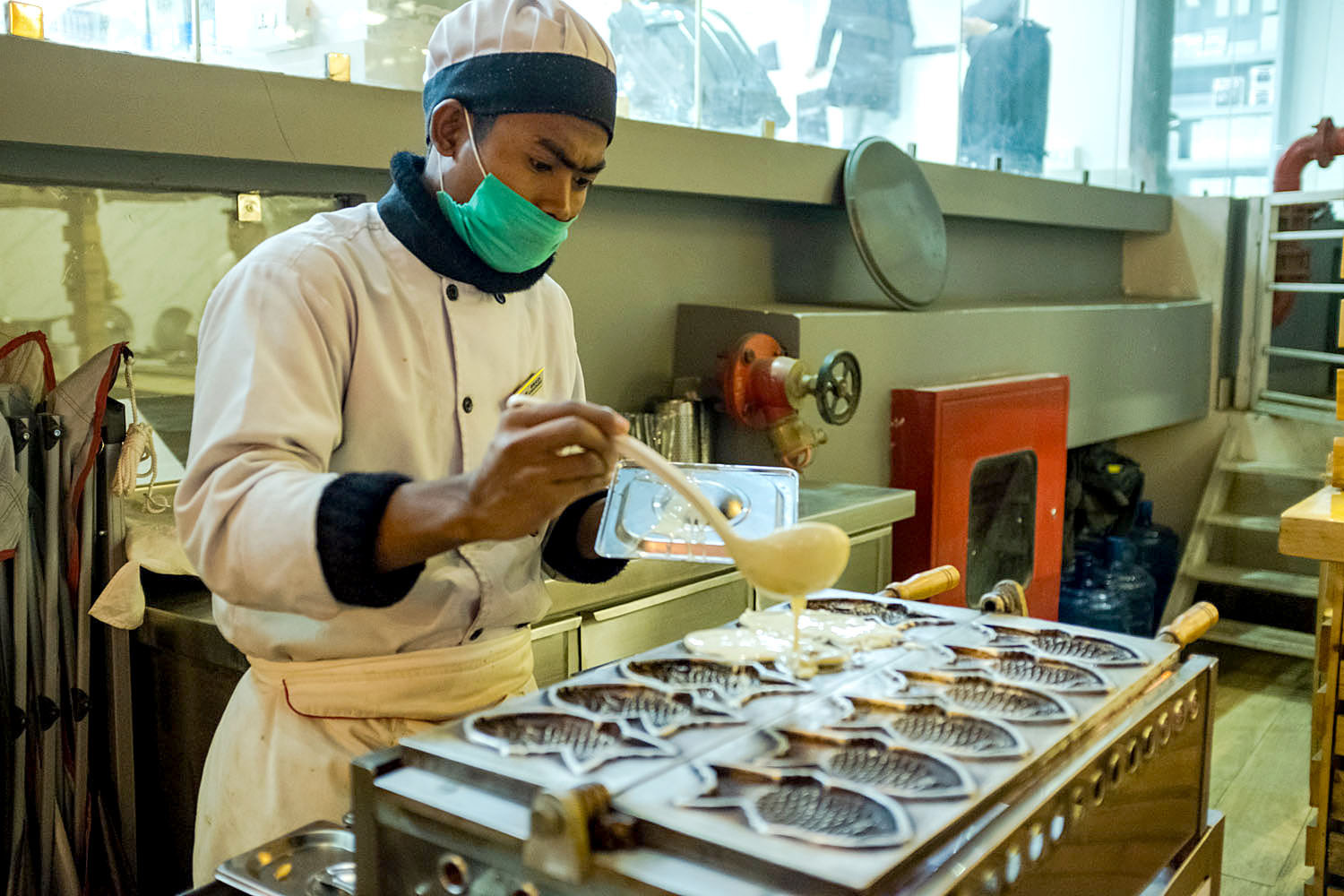
Phone
01-4220256
Opening hours
London Pub: 1:00 am-12:00 am
Matsuri Tokyo: 10 am-10 pm
Adhishree Dhungana: Not your typical guitar prodigy
When you sit down for a conversation with her, she gives the vibe of a researcher who can’t wait to explain her findings—which she knows will make an impact on the audience. To be fair, she is no less of a researcher herself. At only 23, guitarist Adhishree Dhungana has researched almost every genre of music. Humble despite skills that would make any other professional musician conscious of their capabilities, Dhungana still sees herself as a student.
Music made its way into Dhungana’s life early, at the age of seven. “Nobody in my family is a musician but my uncle was a music enthusiast who could play the madal, flute, harmonium and a bit of guitar,” Dhungana says. “He inspired me to play”. The guitar was not her first instrument of choice though. She started with madal and then wanted to learn to play the drums. “But at that point in time, a drum-set was a huge investment and no one would make that investment for me. So I picked up a guitar which was just lying there at home,” she says.

Her journey with the guitar then took her into an exploration of the vast realm of music, and she feels she still has much to explore. “I want to formally study music now,” Dhungana, a self-taught guitarist, says. “I want to go abroad to study composition and performance.” Recalling the time she began learning music, she cites her older sister's iPod as her main music source. She found John Scofield and John Mayer interesting, among other musicians on the playlist, and began emulating them.
“Then my seniors also helped me a lot. Growing up and trying to learn guitar, I didn't even know who Jimi Hendrix was,” Dhungana says. “My seniors were like—Oh you don’t know Jimi Hendrix?—and gave me his music.” She continued learning from her seniors and peers and never had to take formal lessons to build her mastery.

As for family, as in the case of most aspiring musicians in the country, they were not very supportive in the beginning. There was this skepticism about her making a career in music, and that had little to do with her gender, she says. Her problem was, her family did not take her seriously when she told them she wanted to be a professional musician. It took time but things changed when she started earning from her music, and now her family has finally come around to supporting her career decision.
“Still, there were people who kept reminding me that this is just a hobby and not something I would want to study or commit to as a profession. Also, as I’m a girl, I shouldn’t be doing so many late nights,” she says, recalling the times when she played in Thamel as a teenager and was not taken seriously, even by some of her colleagues.
With a quiet, calm and collected personality, she did not do much to change people’s opinions. Then she started finding regular work as a guitarist, despite all the odds, and started making her own music too. Dhungana has now worked as a session guitarist in studios, mostly for jingles, and played with various musicians including the famous Bartika Eam Rai and the Bangalore-based folk rock band Gauley Bhai.

Inspired by international artists like Charlie Hunter, Spanky Alford and Emily Remler, to name a few, Dhungana also names US-based Nepali musician Diwash Gurung and guitarist Binayak Shah as her inspirations. Influenced by what she learns from them, Dhungana has in her recordings managed to create a unique sound for herself, which is audibly distinguishable.
The pandemic did alter her plans, but Dhungana admits she is privileged enough not have to depend on live shows for her living. “Still, it is something that I really miss. And I’d love to play live more for my sanity than for the money,” she says. At present, besides being involved in the folk fusion group Baaja, Dhungana is also working with a set of musicians to give shape to her original compositions. “We do not even have a name for it yet. We’re just testing the waters,” Dhungana says. “Hopefully we’ll get to play a few shows soon. This year I’m also looking forward to doing some solo shows with my own compositions.”
Covid-19 vaccine: To get it, or not to, is the question
Nepal received a million doses of Astra Zeneca-Oxford’s Covishield vaccines from India in donations last week. Russia and China also want to supply vaccines to Nepal. But many Nepalis seem unaware of such imported vaccines, or skeptical about their possible side-effects. On Nepali social media, many have vowed never to get vaccinated, while some have adopted a wait-and-see approach. Meanwhile, a few would immediately get a jab if they could. Vaccine-skepticism runs particularly high among the relatively younger folks. We talked to a diverse bunch of people aged 20-30 to seek their views about Covid-19 vaccination. Here is a sampling of their answers:
Surya Shrestha, 27, Businessman

No, I am not going to get vaccinated. It does not matter which country is helping Nepal with vaccines. Until and unless WHO gives its approval, I will not take a Covid-19 vaccine. People in different countries have witnessed severe side-effects of coronavirus vaccines, which make me skeptical that these vaccines will do me any good. I will need some convincing that getting a vaccine is a better option than not getting one.
Govin Shah, 23, Vegetable wholesaler

If the new and stronger variant of the coronavirus starts spreading in neighboring countries and ultimately in Nepal, I will get vaccinated. If not, I risk my own health, as well as the health and wellbeing of my loved ones. Better to get vaccinated myself and save them from harm.
Yamuna Thapa, 20, Front-desk officer, Ashirbad Paints
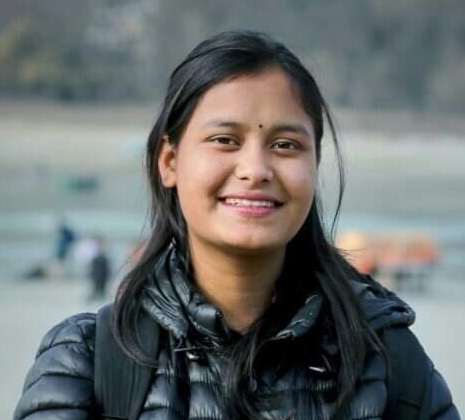
Unlike the PCR testing, which I was against, if our government offers the Covid-19 vaccines for free, I will get the shots. I strongly hope there are enough vaccines available. But I also don’t want to pay much for it. So my decision depends on the vaccine’s cost.
Subodh Budhathoki, 25, Junior Officer, Nepal Multipurpose Cooperative

I won’t risk it with the vaccines still in their trial phase. The vaccines gifted by India are also under trial. I believe more in developing immunity against the coronavirus. Vaccination criteria seem arbitrary and they also seem to have side-effects. Moreover, no vaccines is 100 percent effective. So, I will skip it.
Anisa Magar, 21, Student, Nobel College
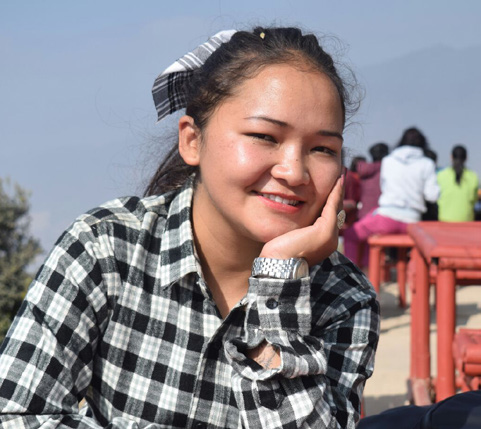
I won’t get vaccinated. At first, I need to be crystal clear about the safety of the Covid-19 vaccines as well as their effectiveness. If I understand all potential side-effects and their treatments, then I could think about it. But until then I have no plan of getting vaccinated.
Krishna Sharma, 26, Public Relationship Officer, Regional Blood Transmission Center
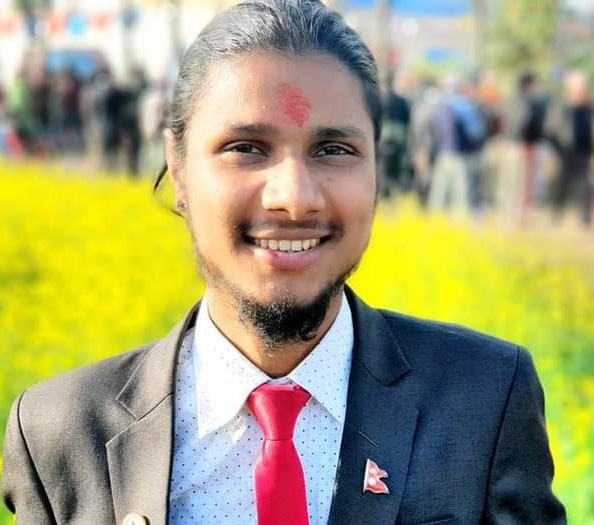
I won't get vaccinated now. The vaccines from India are in the experiment phase. And vaccine manufacturers say patients will be themselves responsible for any consequences. Moreover, I am also seeing on social media that at first prisoners and the old people are getting vaccinated. This makes me skeptical and I am planning to wait and watch. If the vaccine experiment gives a positive result, only then will I think of it.
Kabita Shah, 24, Student, Institute of Agriculture and Animal Science

I won't take Covid-19 vaccines at the beginning. Countries the world over are experimenting with the vaccines. So why should I become their guinea pig? I won't get vaccinated until I carefully research the kind of vaccine, manufacturer’s detail, composition and consequences.
Dikshya Bista, 24, Receptionist, Omkar TV

No way! I am not getting vaccinated. For me, Covid-19 is nothing more than common cold that can be cured by home remedies. And most of the people are recovering themselves. If it is like flu, I see no reason to get vaccinated in the name of Covid-19. I am not taking a vaccine, no matter where it comes from.
Rabina Chhetri, Social activist
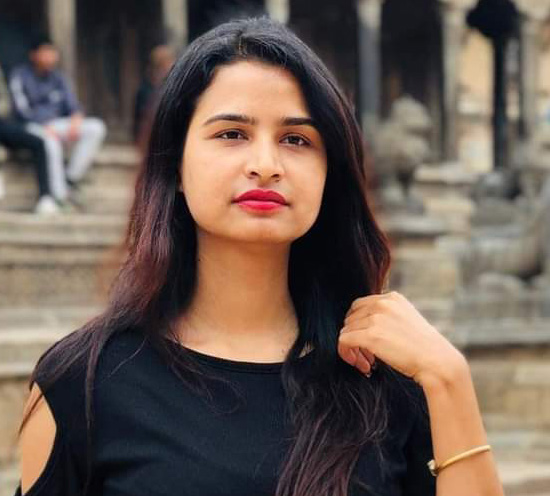
No, I am not taking the vaccine until I am assured about the side-effects. In news, I see and hear of the deaths of many people abroad. I don’t think it is good to vaccines without full assurance. And the vaccine companies are also not ready to take responsibility for the consequences. How can we trust them then?
Sukharaj KC, 28, Cook, Sangri-La Hotel
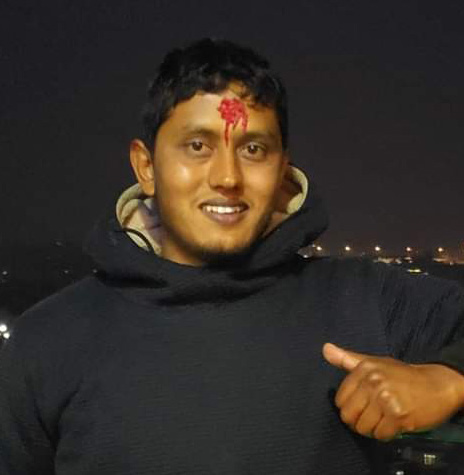
I won’t take a vaccine. Only a dose is not enough. Two doses are required with a time-gap. And, after getting vaccinated, we have to keep following safety procedures like wearing masks and social distancing. Moreover, there is no guarantee that our body will be fully immune. Why get a vaccine if I can’t feel safe even after getting it?
Rohit Rajak, 21, Actor

I am not taking the Covid-19 vaccine at any cost. I think a human is the most powerful creature on this planet. The human body can beat any disease using its own immunity, including Covid-19. My belief in human immunity is the main reason that I am not taking vaccines.
Rakshya Baral, 25, Accountant, Fair Mount Beverage

I knew nothing about any kind of vaccines coming to Nepal before APEX asked me of them. I am not much into social media, you see. But when I start to think of the Covid-19 vaccine, I believe I will take it. Almost every vaccine inoculates against a disease. I believe this vaccine is made for the same purpose and there is no harm in getting vaccinated.
Bikash Sharma, 26, Lab technician

At present, I won’t get vaccinated. I don’t believe in medicines or vaccines that are in the trial phase. I will wait and watch for some days. If the overall vaccination result is positive, I will get myself vaccinated; if not, I will desist. I have heard and seen on the internet that Nepal is being used for trial-and-error by vaccine manufacturers.



















